UC Davis Researchers Receive New Grant to Test a Drying Process that Reduces Food Waste and Energy Use
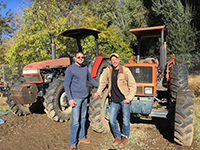
The Foundation for Food and Agriculture Research (FFAR) has awarded $790,000 to UC Davis to test a new technology to improve the drying methods used in food production. Moisture must be removed from harvested agricultural products to safely preserve them prior to processing into food products. Researchers will test an innovative moisture-absorbing technology called drying beads, […]
Social Cost of Carbon in the Agricultural Sector More than Doubles
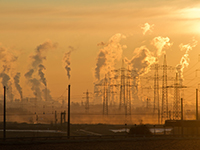
UC Davis assistant professor Frances Moore and colleagues at Purdue University and Stanford University updated estimates for the social cost of carbon in the agricultural sector. These updated estimates reveal far more adverse agricultural impacts; the social cost of carbon more than doubled—increasing from $8.60 per ton of CO2 to between $14.80 and $19.70. Read […]
UC Davis’ Center for Water-Energy Efficiency Receives $3.1M to Help Water Utilities Reduce California’s Energy Use & Emissions
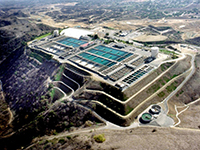
By Kat Kerlin– Over the next three and a half years, researchers at the University of California, Davis, will work with the Moulton Niguel Water District and Helio Energy Solutions to better understand how water utilities can reduce California’s energy use as the state works to meet its ambitious greenhouse-gas reduction goals. The California Energy Commission awarded the Center […]
Oct. 5th is Energy Efficiency Day
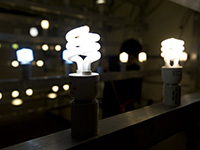
Here are some easy ways to get involved: 1. Take the Lightbulb Challenge–changing one incandescent light bulb in your home or office to an LED bulb can save energy and money. Heading to the lighting aisle soon? Keep these key factors in mind when selecting your light source: Identify where the light source will be installed […]
UC Davis Heads to Denver to Compete in the 2017 Solar Decathlon

Beginning on October 5, 2017, UC Davis will compete alongside 12 different teams in the U.S. Department of Energy Solar Decathlon hosted in Denver, Colorado. Click here to see a video about their house. The U.S. Department of Energy Solar Decathlon is a collegiate competition made up of 10 contests that challenge student teams to […]
UC Davis Welcomes its Inaugural Class of Energy Graduate Group Students
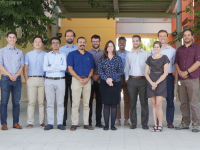
We are excited to welcome UC Davis’ inaugural class of 16 UC Davis Energy Graduate Group students. These students will earn master’s or doctoral degrees in Energy Systems and will receive the interdisciplinary training required to tackle the energy challenges of the 21st century and beyond. During their first week on campus, September 11-14, students are participating in […]
The Western Cooling Efficiency Center is Testing New Technologies to Keep Cows Cool with Less Water and Energy
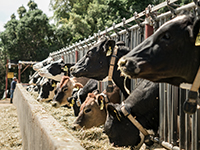
UC Davis’ Western Cooling Efficiency Center and the Department of Animal Science are working together to test innovative cooling technologies on dairy cows. The new technologies are designed to reduce water by up to 86 percent and electricity by up to 38 percent over conventional methods. To read the full article, please click here.
Wells Fargo Commits $500,000 Over Four Years to UC Davis Energy Efficiency Center
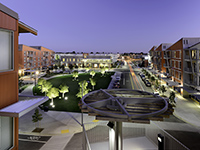
UC Davis’ Energy Efficiency Center (EEC) is pleased to announce that Wells Fargo has renewed its support of the EEC with a commitment of $500,000 over the next four years. Funds will support critical operational and programmatic needs of the EEC, including its new Energy Graduate Group program. To read the full announcement, please click here.
UC Davis Ranked 9th in the Nation for ‘Public Good’
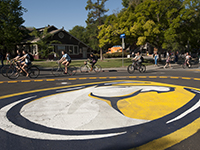
UC Davis was ranked 9th in the nation by Washington Monthly magazine for contributions to the “public good.” The magazine defines the “public good” as social mobility (recruiting and graduating low-income students), research (producing cutting-edge scholarship and Ph.D.s) and service (encouraging students to give back to their country). To read the full article, please click here.
Kurt Kornbluth Received UC Davis’ Inaugural Chancellor’s International Engagement Achievement Award
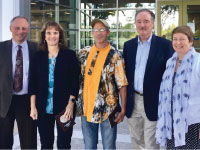
Kurt Kornbluth, an adjunct assistant professor in the Department of Biological and Agricultural Engineering and founding director of the Program for International Energy Technologies, which, through its D-Lab courses, involves students in solving real-life energy problems in developing countries, is one of two recipients of UC Davis’ inaugural Chancellor’s International Engagement Achievement Awards. To read the full […]

